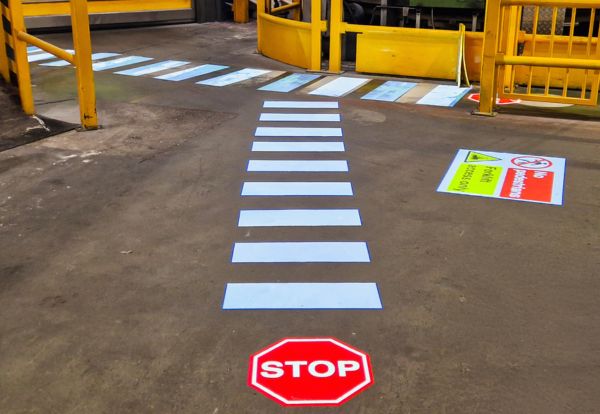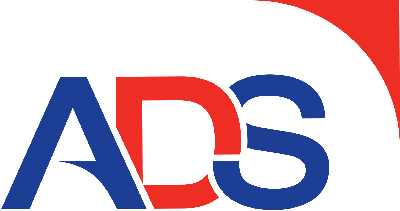Emerging Safety Technology: The Evolution of Safety Signage in Industrial Environments
The industrial safety landscape is experiencing a significant digital transformation as traditional static safety measures give way to dynamic, technology-driven solutions. Recent developments reveal that dynamic signage systems substantially reduce workplace near misses by reducing sign blindness British industry.
Beyond Paint and Tape
Traditional safety markings—painted lines, adhesive tape, and static signage—have served industrial facilities for decades. However, these conventional approaches demonstrate clear limitations. Paint fades, tape peels, and static signs become part of the background noise of busy industrial environments, potentially reducing their effectiveness over time.
The Health and Safety Executive (HSE) mandates specific minimum illumination levels through HSG38: Lighting at Work guidance, ranging from 50 lux for general areas to 750 lux for precision work. Yet ensuring compliance with safety signage is often a challenge even with an experienced and competent workforce.
Projected Walkway Innovation
The emergence of projected walkway technology represents a paradigm shift from static to dynamic safety systems. Unlike traditional markings, projected lighting creates vivid, maintenance-free pathways that remain clearly visible even in challenging industrial conditions. These systems utilise high-performance LED projectors with operational lifespans that far exceed traditional signage solutions.
Smart Integration and Automation
Current market leaders increasingly incorporate sensor-based automation to create responsive safety ecosystems. These systems utilise motion sensors and AI-powered cameras to trigger safety lighting only when hazards are detected. For example, projected crosswalks automatically deactivate when forklifts approach, whilst simultaneously projecting stop signs to warn pedestrians.
Smart systems demonstrate dramatic improvements in awareness compared to traditional signage. This effectiveness stems from dynamic activation rather than static warnings that become visual background.
Bear Safety has been working at the forefront of this innovation, developing systems that replace static markings with light-based walkways integrating seamlessly with facility management systems. Our approach includes automated crosswalks responding to equipment proximity and warning zones activating based on real-time data.
Industry Applications
Companies implementing projected walkway systems report marked reductions in visibility-related accidents, particularly in high-traffic environments where painted lines quickly fade. The technology’s adaptive nature allows real-time adjustment of safety markings based on operational changes and environmental conditions.
Manufacturing facilities, particularly in aerospace, report noticeable performance improvements when workers operate in optimised projected signage areas. Distribution centres benefit significantly from consistent visual guidance regardless of floor conditions or inventory changes.
The adaptability proves especially valuable where layout modifications occur frequently. Rather than physical remarking, facilities adjust projected patterns through relocation and simple updates, maintaining compliance whilst minimising disruption.
Future Outlook
Modern projected lighting systems exceed HSE requirements whilst offering enhanced functionality including automated emergency protocols and environmental resistance suitable for harsh conditions. Integration with IoT systems enables comprehensive safety ecosystems with real-time monitoring capabilities.
The transformation from static to dynamic safety systems represents a fundamental shift towards proactive, data-driven safety management. Organisations embracing these innovations position themselves at the forefront of industrial safety leadership whilst creating measurably safer working environments.
As projected lighting technology becomes more accessible, it’s establishing new benchmarks for workplace safety. Companies investing in these solutions today are positioning themselves for the future of industrial operations, where adaptive, intelligent safety systems will become the standard rather than the exception.
For more information about projected walkways and automated solutions, please visit www.bearsafety.co.uk






